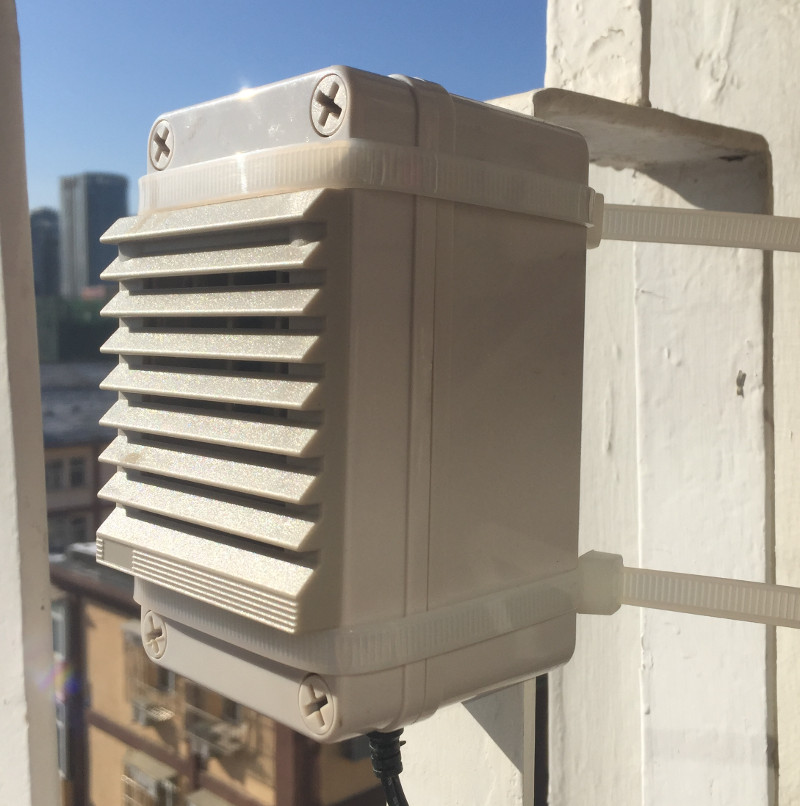
Observação: este artigo foi escrito em 2013. Embora o monitor Dylos ainda seja um bom produto, hoje em dia existem produtos de monitoramento muito melhores e acessíveis, por isso não recomendamos mais a compra do produto Dylos.
Você pode, por exemplo, verificar a linha de produtos de estações de monitoramento da qualidade do ar GAIA do ES Labs.
O experimento Dylos Air Particle Counter ainda está em andamento e já dura 50 dias. Então, no fim de semana passado, enquanto a poluição do ar em Pequim estava diminuindo muito - graças aos fortes ventos do norte, aproveitamos esse tempo como uma oportunidade para fazer uma pausa para manutenção... no próprio monitor Dylos.
A razão é que, mesmo que o monitor Dylos seja definitivamente um equipamento bem concebido e concebido (estamos a falar a sério), talvez não seja tão bem concebido para subsistir à difícil poluição atmosférica episódica de Pequim.
Tudo começou depois de perceber que os gráficos de correlação entre o monitor Dylos e BAM tendem a mostrar alguns sinais sistemáticos de nivelamento além de 38.000 partículas (≥0,5µ). Esse tipo de sintoma de saturação pode ser consequência de gargalo de entrada de ar interno, que pode ser causado por canais de ar "saturados". Em épocas de forte poluição, esse fenômeno é totalmente normal devido à grande quantidade de material particulado que precisa passar pelo canal de ar.
Então, sem surpresa, após abrir o monitor Dylos, confirmamos que os canais de ar internos estão definitivamente saturados, por acúmulo de poeira nos últimos 50 dias:
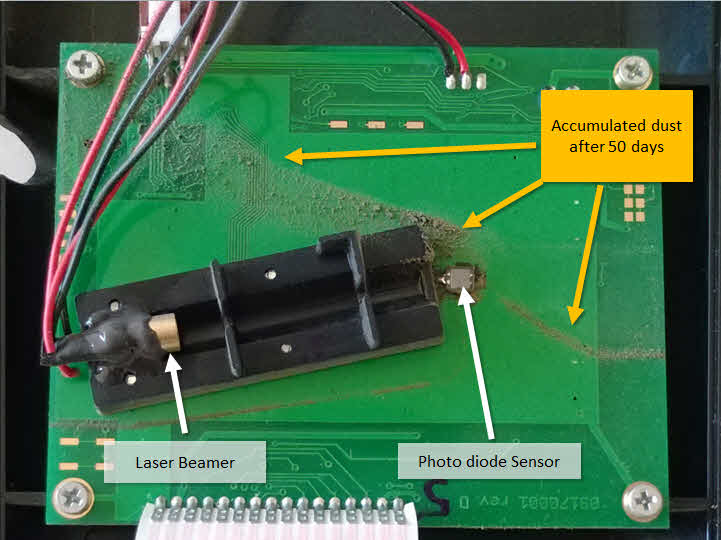
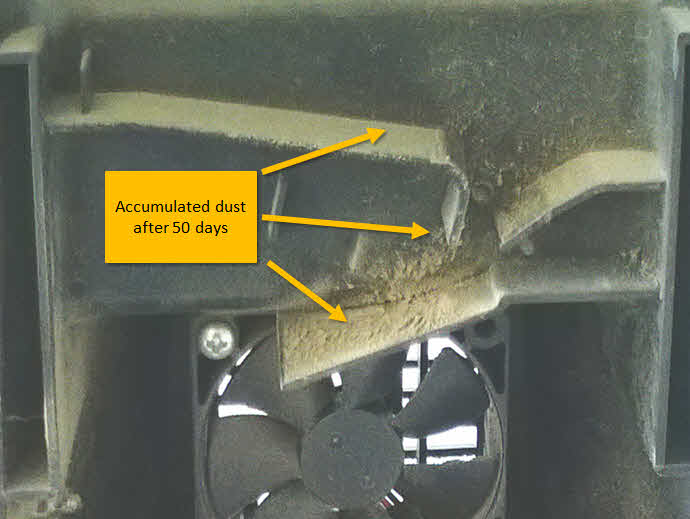
-Beijing dust impact on the Dylos air particle counter internal structure-
O resultado da limpeza da estrutura interna, com um pincel fino, produziria uma quantidade surpreendente de poeira – e isso, logo após 50 dias de experimentação ao ar livre. Apenas pense que é isso que você está respirando...
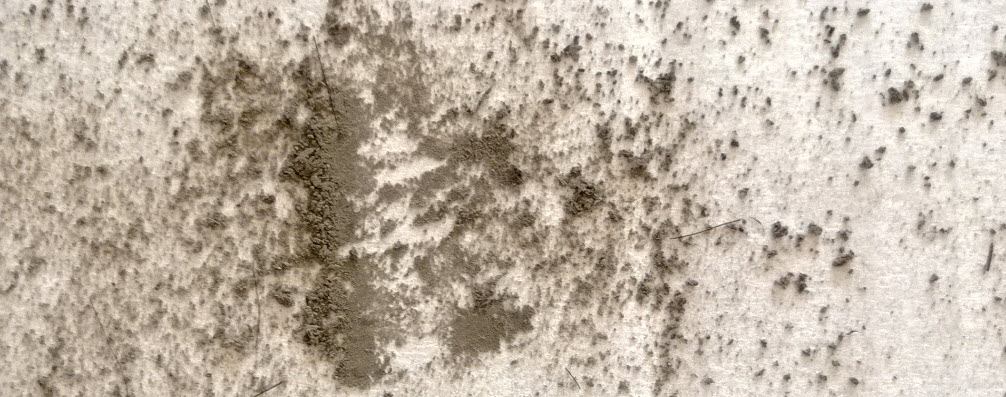
-The real Beijing dust... the one Beijiners breathe during heavy pollution day!-
Na verdade, ter que realizar tal limpeza e manutenção nos equipamentos Dylos não é uma surpresa, uma vez que mesmo os equipamentos BAM, muito caros, requerem manutenção mensal por operadores qualificados.
--
A seguinte parte foi adicionada 10 dias após a publicação da postagem inicial:
Já se passaram 10 dias desde que a limpeza foi feita e a situação melhorou definitivamente para a correlação entre BAM e Dylos. No gráfico abaixo, que mostra as medições antes e depois da limpeza, a zona indicada com o número (2) apresenta uma semelhança (correlação) muito boa entre BAM e Dylos. Mas, em condições de poluição intensa, ainda existem sinais consistentes de nivelamento (desvio na medição), conforme destacado com os números das zonas (1) e (3) . O desvio parece, no entanto, menos pior após a limpeza (zona (3) ) do que antes (zona (1) ). Estamos entrando em contato com a empresa Dylos, para consultá-los sobre esse fenômeno de nivelamento, e atualizaremos este post posteriormente.
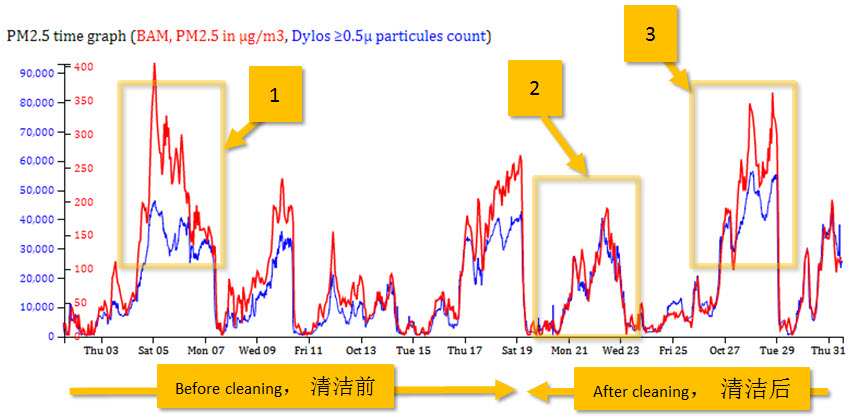
(Click on the picture to open the real time version)
--
